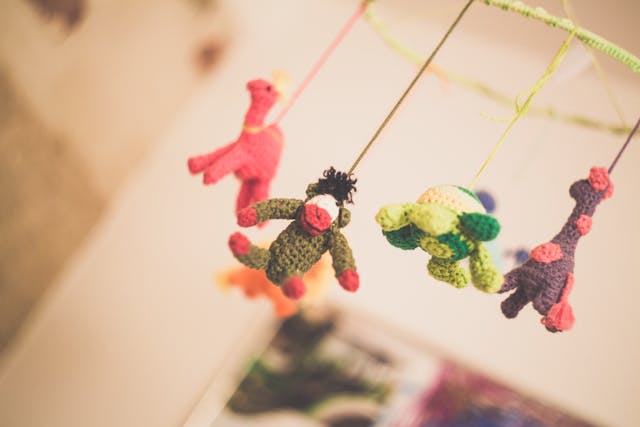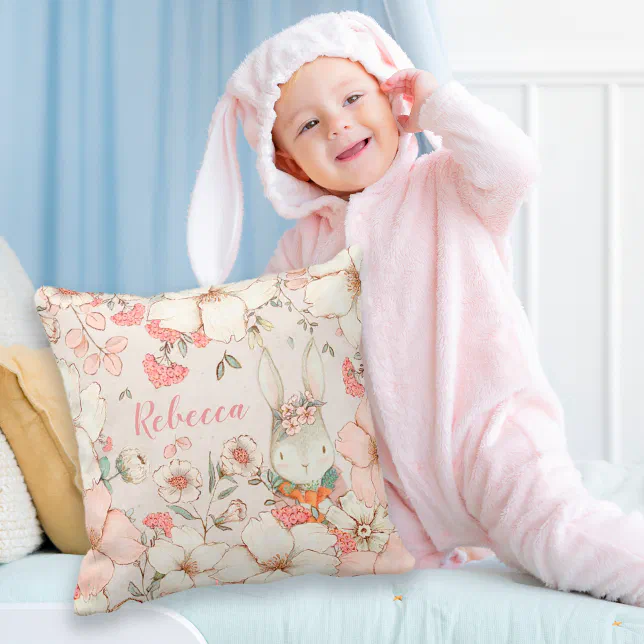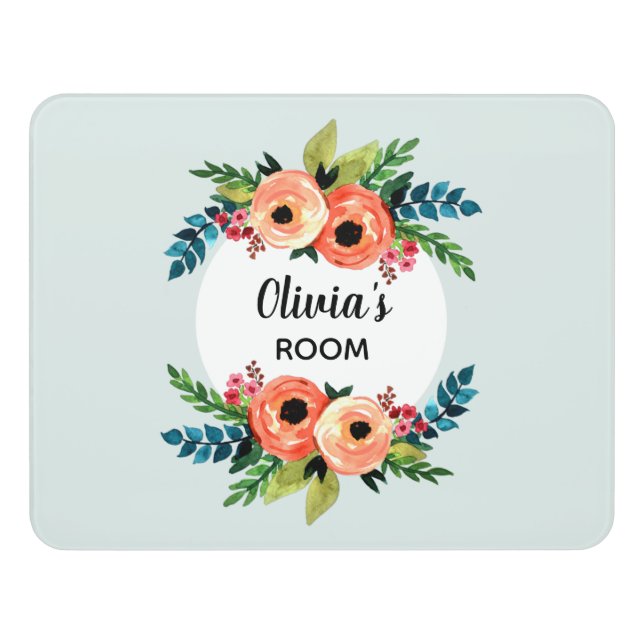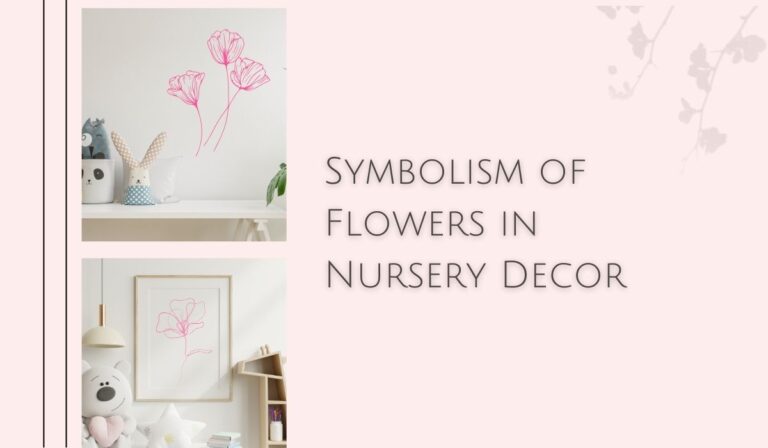The History of Floral Patterns in Nursery Decor
Introduction
Floral patterns have long been a staple in interior design, bringing a sense of nature, elegance, and warmth to living spaces. In nursery decor, floral motifs have played a significant role in shaping timeless, soothing environments for newborns. The use of florals in nurseries dates back centuries, evolving through different styles, cultures, and trends. From classic Victorian-inspired designs to modern minimalist interpretations, floral patterns continue to be a beloved choice for parents creating a comforting space for their little ones.
Early Influences: The Victorian Era
The Victorian era (1837–1901) marked a significant period for floral designs in interior decor. Inspired by nature and the Romantic movement, Victorian nurseries often featured floral wallpaper, textiles, and hand-painted furniture. During this time, florals symbolized refinement and femininity, making them especially popular in baby girl nurseries. Soft pastels and intricate floral motifs were frequently used to create a delicate and inviting atmosphere.
Mid-20th Century: A Shift Toward Modernity
The mid-20th century brought a transformation in nursery design, influenced by the rise of modernism. While florals remained a staple, they were often incorporated in a more structured and stylized manner. Bold, graphic floral prints became popular in the 1950s and 1960s, reflecting the era’s fascination with bright colors and playful patterns. Floral motifs during this time were not just limited to wallpaper but also appeared in crib bedding, curtains, and rugs.
1980s and 1990s: Soft Pastels and Traditional Florals
The late 20th century saw a return to softer, more traditional floral designs. The 1980s and 1990s embraced pastel color palettes, featuring delicate rose, lavender, and daisy patterns. Floral nursery decor during this period leaned towards romantic and vintage aesthetics, with frilly bedding, hand-painted furniture, and coordinated floral accessories becoming common. This era reinforced the association of floral designs with baby girl nurseries, further cementing their place in traditional nursery decor.
The 21st Century: A Blend of Tradition and Modernity
Today, floral nursery decor is more diverse than ever. While traditional floral patterns remain popular, contemporary nursery designs incorporate florals in fresh, innovative ways. Parents now have the option of choosing between hand-painted floral murals, watercolor-inspired wallpapers, and minimalist botanical accents. The modern approach to floral nursery decor often blends natural elements with gender-neutral tones, allowing for greater versatility in nursery design. Sustainable and eco-friendly materials have also influenced how floral patterns are used, with organic cotton bedding and ethically sourced wallpaper gaining popularity.
Conclusion
Floral patterns have stood the test of time in nursery decor, evolving through different artistic styles and cultural influences. From the intricate designs of the Victorian era to the sleek, modern interpretations of today, florals continue to create a serene and inviting space for babies. As design trends shift, floral motifs remain a timeless choice, offering warmth, elegance, and a touch of nature to nursery interiors.





